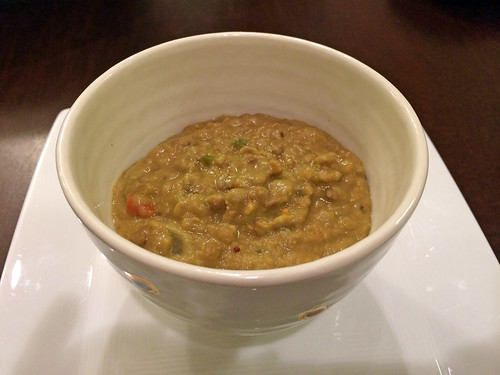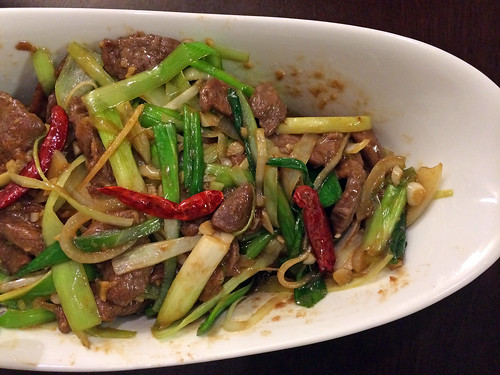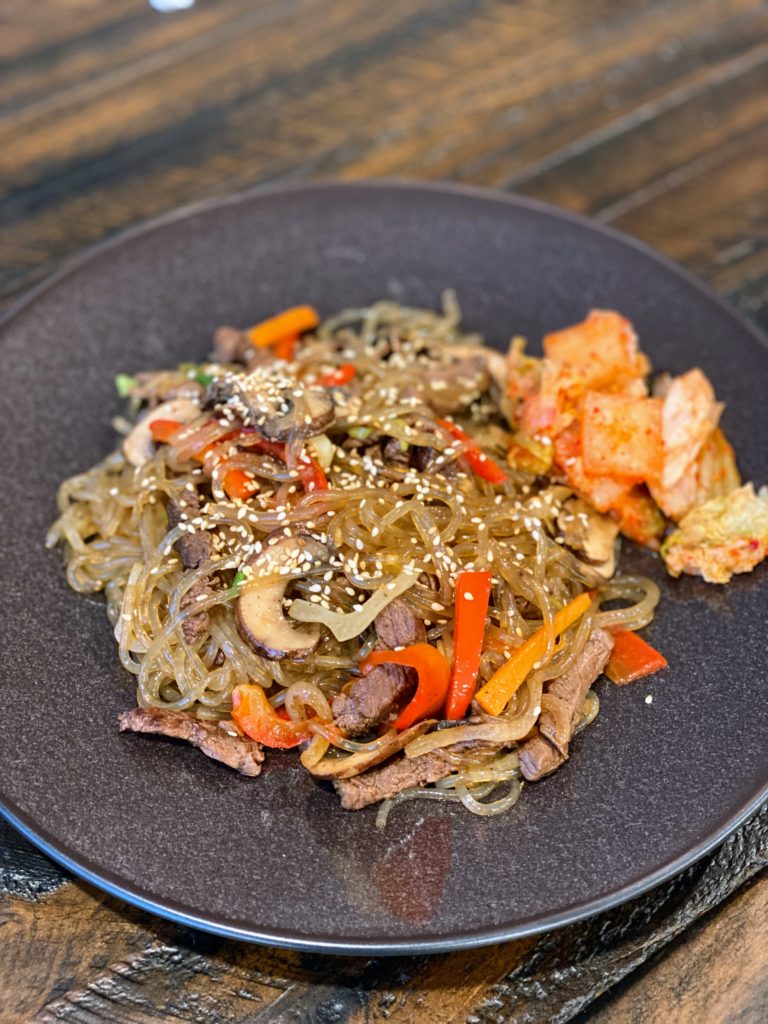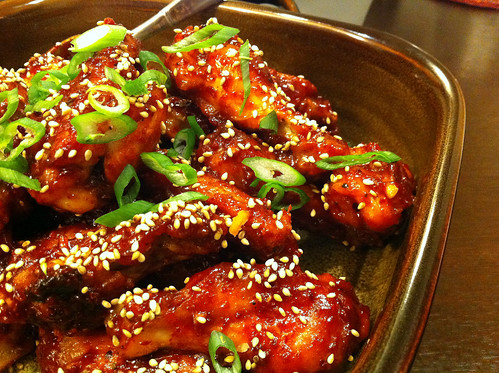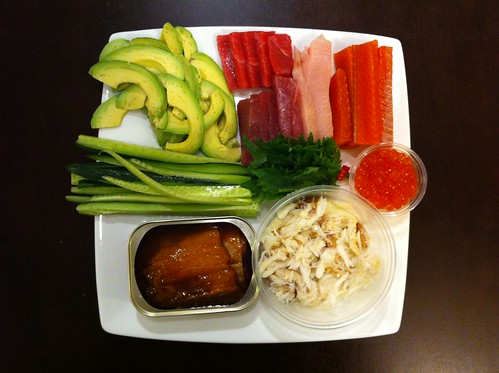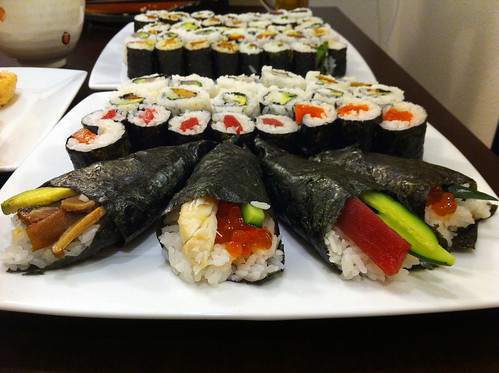Until last year, I didn’t really know how to cook South Asian food. I mean, I’d try, and it’d end horrifically in memorable encounters such as That Time I Attempted A Dubious Fish Curry or In Which We Attempt A Fusiony Chicken Karahi Recipe from Bon Appetit. Needless to say, I thought I was completely incapable of pulling off decent biryani or a passable samosa.
That is, until I tried out this buttery dal. This dal, ladies and gentlemen, was my gateway dish into finally learning how to cook South Asian food, and deliciously at that. There are countless iterations of dal, but this was the first I mastered, and my favorite to date. This is comfort food at its finest.
Ingredients:
1 cup lentils (ideally Indian black lentils)
1 bay leaf
4 tablespoons butter
1 1/4 teaspoons cumin seeds, lightly crushed
1 small onion, finely chopped (about 3/4 cup)
4 garlic cloves, chopped
1 jalapeno or serrano chile, seeded and finely chopped
salt
1 tomato, chopped
1 teaspoon lemon juice
1. Rinse the lentils and pick out any foreign objects. Put in a bowl, add water to cover by 1 inch, and soak for at least six hours.
2. Drain the lentils and put in a medium saucepan with the bay leaf and 5 cups water. Bring to a boil over medium-high heat and lower to a simmer. Cook, skimming the foam periodically, until the lentils are tender and beginning to disintegrate, 30 to 40 minutes. Remove from heat.
3. Melt the butter in a medium skillet over medium-high heat. Add the cumin seeds; when fragrant (about 1 minute), add the onion, garlic, chile, and 1 teaspoon salt. Cook, stirring frequently, until the onions are soft and translucent, about 4 minutes. Add the tomato and another 1/2 teaspoon salt and continue to cook, stirring for 1 minute longer.
4. Add the tomato-onion mixture to the lentils and return to a simmer. Cover the pot partially, lower the heat, and simmer gently for 1 hour to blend the flavors. Remove and discard the bay leaf. Carefully puree half of the dal in a blender (in batches, if necessary) and add it back to the pot.
5. If the dal is runnier than you like, continue to simmer uncovered until it reaches the desired consistency. Stir in the lemon juice, then taste and season with more lemon juice or salt if necessary.

